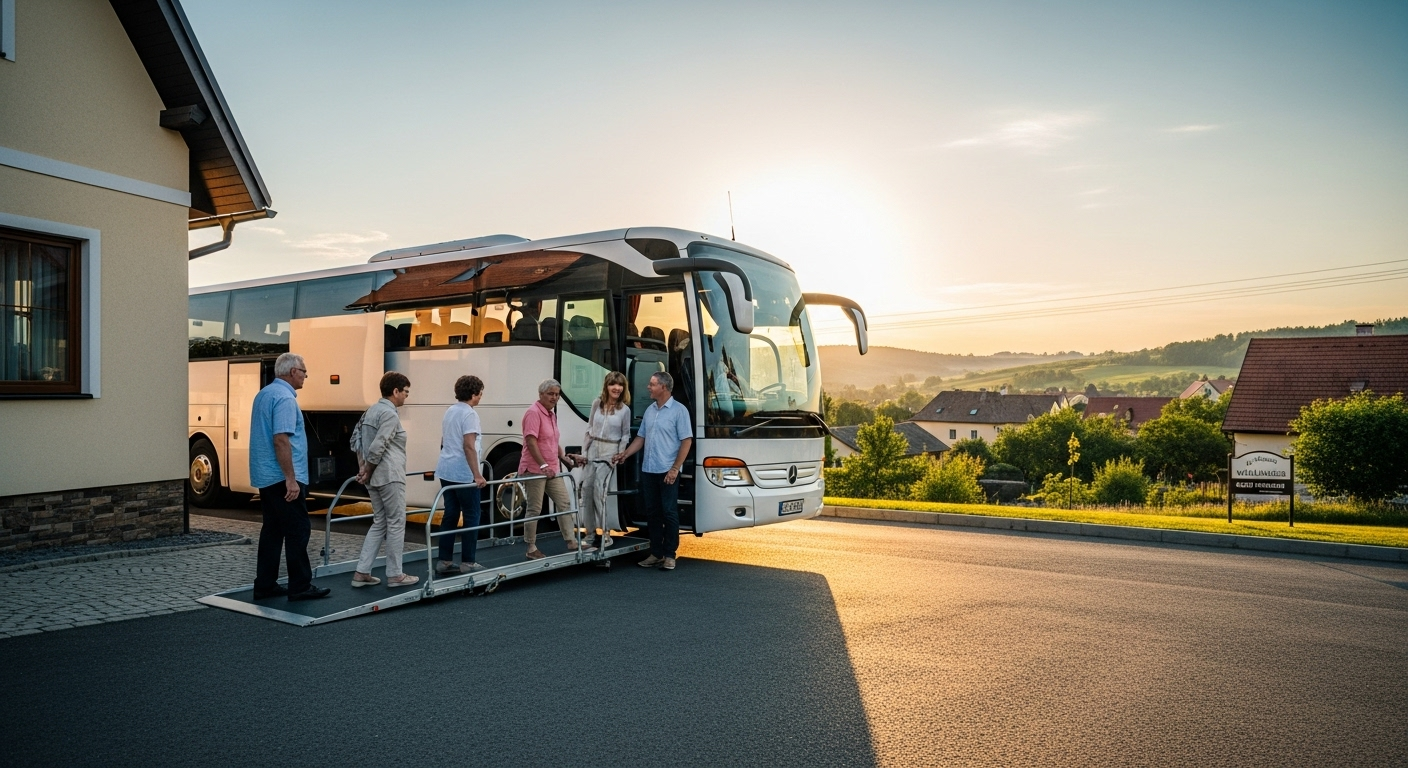Explore helpful tips on senior travel options
Traveling as a senior opens up unique opportunities to explore the world with wisdom, experience, and a deeper appreciation for different cultures. However, successful senior travel requires thoughtful planning that considers comfort, accessibility, and personal preferences. From choosing the right accommodations to selecting activities that match your energy levels, smart preparation can transform any trip into an enriching and memorable experience.

Explore helpful tips on senior travel options
Traveling during your golden years offers the freedom to explore destinations at your own rhythm, often with more time and resources than younger travelers. Whether you’re planning your first post-retirement adventure or you’re a seasoned senior traveler, understanding the key elements that make trips enjoyable and stress-free is essential for creating lasting memories.
Discover Senior-Friendly Travel Tips
Successful senior travel begins with understanding your unique needs and preferences. Research destinations thoroughly, considering factors like climate, altitude, and seasonal weather patterns that might affect your comfort. Book flights during less crowded times of day, typically mid-morning or early afternoon, to avoid rush periods. Consider travel insurance that covers pre-existing medical conditions and carry a comprehensive medical kit with prescription medications, including extra supplies in case of delays.
Choose direct flights when possible to minimize the stress of connections and potential delays. Many airlines offer priority boarding and assistance services for senior passengers, so don’t hesitate to request these accommodations when booking. Pack light but smart, bringing comfortable walking shoes, layers for varying temperatures, and any mobility aids you might need.
Find Accommodations That Prioritize Comfort
When selecting hotels or lodging, prioritize properties that offer senior-friendly amenities. Look for accommodations with elevators, ground-floor rooms, grab bars in bathrooms, and good lighting throughout the property. Many hotels now provide accessible rooms with features like roll-in showers, raised toilet seats, and wider doorways.
Consider vacation rentals or extended-stay properties if you prefer more space and the ability to prepare your own meals. These options often provide kitchen facilities, separate living areas, and the comfort of a home-like environment. Research the neighborhood surrounding your accommodation to ensure easy access to medical facilities, pharmacies, and grocery stores.
Enjoy Activities at Your Own Pace
One of the greatest advantages of senior travel is the freedom to move at a comfortable pace without rushing through attractions. Plan itineraries with flexibility, allowing for rest periods and spontaneous discoveries. Choose tours specifically designed for seniors or small group experiences that move at a leisurely pace.
Consider cultural activities like museum visits, cooking classes, or historical tours that provide enriching experiences without physical strain. Many destinations offer hop-on, hop-off bus tours that allow you to explore multiple attractions while minimizing walking distances. River cruises and scenic train journeys provide excellent ways to see beautiful landscapes while remaining comfortably seated.
Access Amenities Designed for Ease
Modern travel infrastructure increasingly accommodates senior travelers with thoughtful amenities. Airports now feature more comfortable seating areas, moving walkways, and assistance services for passengers with mobility challenges. Many destinations have invested in accessible public transportation, including low-floor buses and subway systems with elevator access.
Take advantage of senior discounts available at many attractions, restaurants, and transportation services. Research these opportunities in advance and carry proper identification to verify your age. Many museums, national parks, and cultural sites offer reduced admission prices or special senior visiting hours with smaller crowds.
Plan Trips That Suit Your Preferences
Personalize your travel experience based on your interests, physical capabilities, and comfort preferences. If you enjoy history, consider destinations rich in cultural heritage with well-preserved historical sites. Nature lovers might prefer national parks with accessible trails and scenic drives. Urban explorers can focus on cities with excellent public transportation and walkable neighborhoods.
Consider traveling during shoulder seasons when destinations are less crowded and often more affordable. Spring and fall frequently offer pleasant weather conditions and fewer tourists, making for more enjoyable experiences. Group travel with other seniors can provide companionship and shared costs while ensuring you’re traveling with peers who share similar interests and pace preferences.
| Travel Service Type | Provider Examples | Cost Estimation |
|---|---|---|
| Senior Group Tours | Road Scholar, Grand Circle Travel | $2,000-$5,000 per person |
| Accessible Cruises | Holland America, Celebrity Cruises | $1,500-$4,000 per person |
| Senior-Friendly Hotels | Marriott, Hilton, Best Western | $80-$300 per night |
| Travel Insurance | Allianz, Travel Guard | $100-$500 per trip |
| Airport Assistance | Airline services, private companies | $25-$75 per service |
Prices, rates, or cost estimates mentioned in this article are based on the latest available information but may change over time. Independent research is advised before making financial decisions.
Senior travel represents an opportunity to fulfill lifelong dreams while enjoying the wisdom and perspective that comes with experience. By focusing on comfort, accessibility, and personal preferences, you can create travel experiences that are both enriching and enjoyable. Remember that the best trips are those planned with your specific needs in mind, allowing you to explore the world safely and comfortably while making memories that will last a lifetime.


